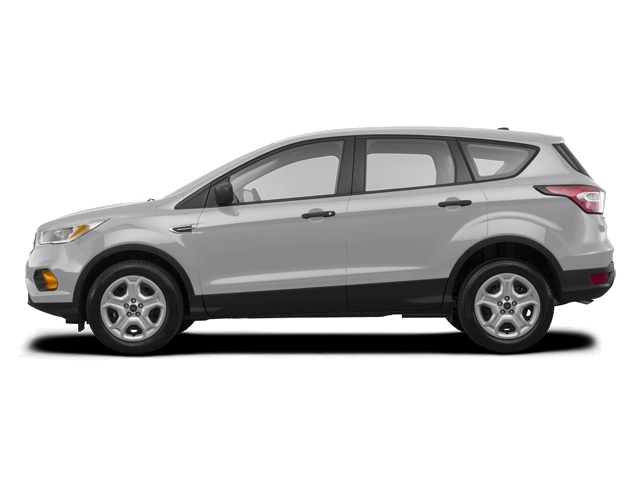2010 Ford Escape Owner's Manual

Table of Contents
2010 Ford Escape Overview
Introduction
The 2010 Ford Escape is a compact SUV that embodies the perfect blend of versatility and performance. Renowned for its practicality and solid build quality, the Escape offers a driving experience that caters to urban dwellers and outdoor adventurers alike. With a choice of efficient powertrains and a spacious interior, this model stands out in the competitive SUV market, making it an ideal choice for families and individuals seeking reliable transportation.
Powertrains
The 2010 Escape comes equipped with two impressive powertrain options that balance power and fuel efficiency. The base engine is a 2.5-liter four-cylinder that delivers 171 horsepower, providing adequate performance for daily commutes and weekend getaways. For those seeking a little more muscle, an available 3.0-liter V6 engine offers 240 horsepower, making it a perfect option for towing and adventurous driving. Both engines can be paired with either a five-speed manual or a six-speed automatic transmission, while the optional all-wheel-drive system enhances traction on various terrains.
Trims
The Ford Escape is available in three primary trims: XLS, XLT, and Limited. The base XLS trim includes essential features such as keyless entry and full power accessories, while the XLT adds amenities like alloy wheels and an upgraded audio system. The top-of-the-line Limited trim offers leather seating, a premium sound system, and advanced technology options including navigation, ensuring that drivers and passengers enjoy a comfortable and connected journey.
Features
This model boasts a range of features designed for convenience and safety. Standard equipment includes front and side airbags, antilock brakes, and stability control. Optional features such as a sunroof, premium audio options, and rear parking sensors enhance the overall driving experience, making the 2010 Escape a well-rounded vehicle.
Owners Manual
The 2010 Ford Escape owners manual is an essential guide for maximizing the vehicle’s capabilities. It provides in-depth information on maintenance schedules, troubleshooting tips, and various features, ensuring that owners can maintain their Escape in peak condition and operate it safely and efficiently.
User manual download
The Ford Escape owner manual for the 2010 model year is to be found in PDF downloadable format on this page. The owner manual for the model year 2010 is free and in English, but the repair manuals are usually not easy to get and may cost more.
Manual Questions
Fill the form below and someone will help you!

